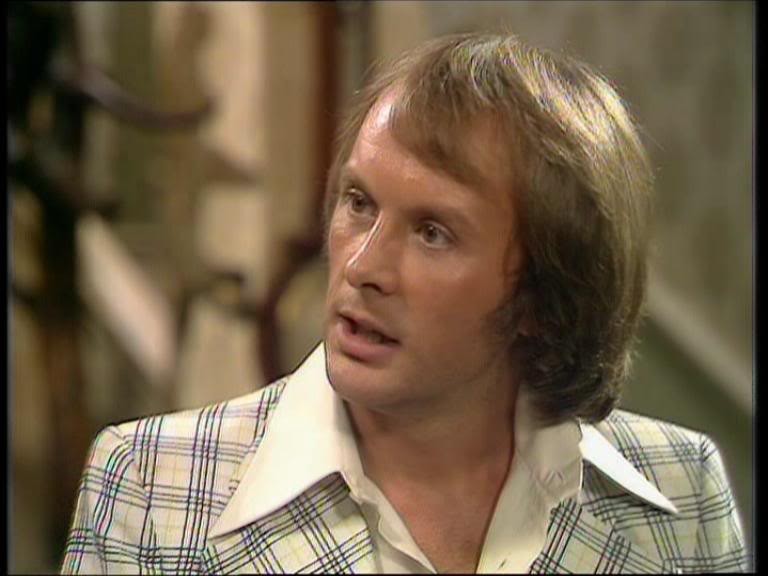David Wikipedia the free encyclopedia
Post on: 31 Март, 2015 No Comment

Contents
Biography [ edit ]
Prior to joining Yale in 1985, Swensen spent six years on Wall Street as senior vice president at Lehman Brothers. [ 3 ] specializing in the firm’s swap activities, and as an associate in corporate finance for Salomon Brothers. where his work focused on developing new financial technologies. Swensen engineered the first swap transaction according to When Genius Failed: The Rise and Fall of Long-Term Capital Management by Roger Lowenstein .
At Yale, where he teaches endowment management at Yale College and at the Yale School of Management. he is a fellow of Berkeley College. an incorporator of the Elizabethan Club. and a fellow of the International Center for Finance. Some Yale alumni have mounted a campaign to name one of two new residential colleges after Swensen. [ 4 ]
In September 2014, Swensen began to move the Yale endowment away from investment in companies that have a large greenhouse footprint, expressing Yale’s preferences in a letter to the endowment’s money managers. The letter asked them to consider the effect of their investments on climate change, and to refrain from investing in companies that do not make reasonable efforts to reduce carbon emissions. This method was characterized by Swensen as a more subtle and flexible approach, as opposed to outright divestment. [ 7 ]
The Yale (or Endowment) Model [ edit ]
The Yale Model was developed by David Swensen and Dean Takahashi and is described in Swensen’s book Pioneering Portfolio Management. It consists broadly of dividing a portfolio into five or six roughly equal parts and investing each in a different asset class. Central in the Yale Model is broad diversification and an equity orientation, avoiding asset classes with low expected returns such as fixed income and commodities .
Particularly revolutionary at the time was his recognition that liquidity is a bad thing to be avoided rather than a good thing to be sought out, since it comes at a heavy price in the shape of lower returns [ 8 ] The Yale Model is thus characterized by relatively heavy exposure to asset classes such as private equity compared to more traditional portfolios.
This type of investing — allocating only a small amount of traditional U.S. equities and bonds and more to Alternative Investments — is followed by many larger endowments and foundations and is therefore also known as the Endowment Model (of investing).
Criticism of the Endowment Model [ edit ]
After Harvard’s endowment dropped a record 30% to $26 billion in the year ended June 2009, an 81 page report released in May 2010 found that The endowment model of investing is broken. Whatever long-term gains it may have produced for colleges and universities in the past must now be weighed more fully against its costs — to campuses, to communities and to the wider financial system that has come under such severe stress.”
In a video interview, Mark W. Yusko founder of Morgan Creek Capital Management, LLC one of the veterans of the endowment investment model, claims that one year where endowments did not outperform but rather tie everybody else does not break the endowment model. [ 9 ] The endowment model is still the most viable proposition for long-term investors. Investors would also realize that mark-to-market reporting has a bigger impact on reported performance than before.
Swensen alumni [ edit ]
The impact of Swensen’s influential work in endowment management extends beyond Yale. Endowment managers with ties to him include:
Unconventional Success [ edit ]

In 2005, Swensen wrote a book called Unconventional Success which is an investment guide for the individual investor. The general strategy that he presents can be boiled down to the following three main points of advice:
- The investor should construct a portfolio with his money allocated to 6 core asset classes — diversify among them and have a bias toward the equity sections.
- The investor should rebalance his portfolio on a regular basis (rebalancing back to the original weightings of the asset classes in the portfolio).
- In the absence of confidence in a market-beating strategy, invest in low-cost index funds and exchange-traded funds. The investor should be very watchful of costs as some indices are poorly constructed and some fund companies charge excessive fees (or generate large tax liabilities).
He slams many mutual fund companies for charging excessive fees and not living up to their fiduciary responsibility. He highlights the conflict of interest inherent in the mutual funds, claiming they want high fee, high turnover funds while investors want the opposite.
Other contributions [ edit ]
On January 28, 2009, Swensen and Michael Schmidt, a financial analyst at Yale, published an op-ed piece in The New York Times entitled News You Can Endow discussing the idea of newspaper organizations run as non-profits by endowments. [ 10 ] On August 13, 2011, David Swensen published an op-ed [ 11 ] in the New York Times entitled The Mutual Fund Merry-Go-Round, about how the pursuit of profits by the management companies creates a conflict of interest with fiduciary responsibilities to their investors. The advertising of Morningstar ratings leads investors to chase past leaders and roll money out of recently downgraded or poorly rated funds into recently upgraded or highly rated funds. The result is the equivalent of buying high and selling low and results in returns for a typical investor far worse than simply buying-and-holding the funds themselves, especially for highly volatile areas such as technology funds. People would do better to focus on diversification among sectors and asset classes, which are the main determinants of long-term results.
Bibliography [ edit ]
- Pioneering Portfolio Management: An Unconventional Approach to Institutional Investment (2000) ISBN 0-684-86443-6. Free Press
- Unconventional Success: A Fundamental Approach to Personal Investment (2005) ISBN 0-7432-2838-3. Free Press














